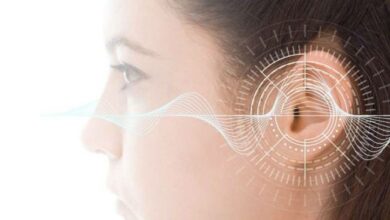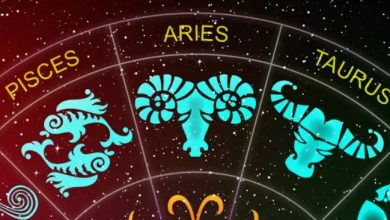Things You Never Knew About Your Belly Button
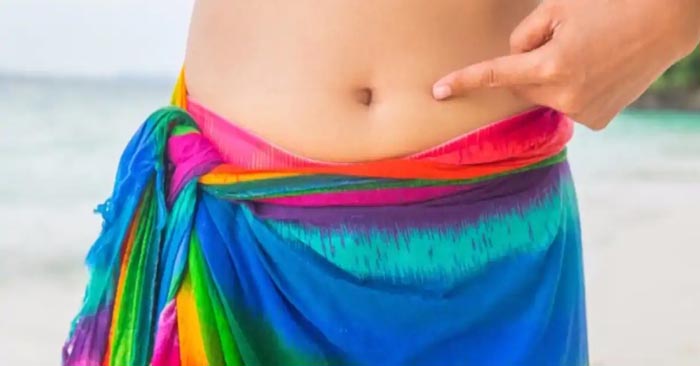
When a baby is in the womb, the umbilical cord attaches to the navel at one end and your placenta—an organ that develops during pregnancy that’s attached to the uterus—at the other. The umbilical cord transports nutrients from the mother to the baby.
Once a baby is born, the umbilical cord becomes useless. The body responds to the transition by closing up the point where the umbilical cord connected to the body. The result: A belly button.
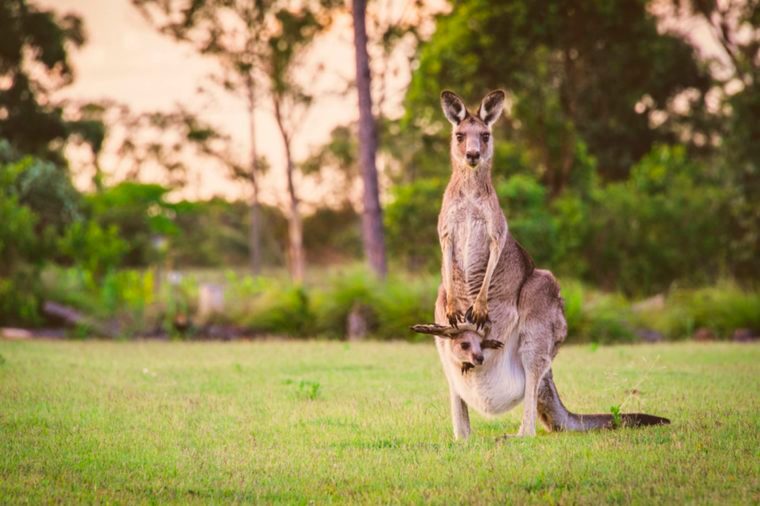
Not all mammals have a belly button
You would expect all mammals to have a belly button, but there are some exceptions. One of note: Marsupials (like kangaroos and wombats). When it comes to marsupials, the fetus is incubated for much less time, so their need for in-utero nutrition is less. After birth, they crawl up to mom’s pouch and latch on to a nipple, and do the rest of their fetal development there. Yes, your dog or cat has one—you just may not have noticed them because they’re usually smooth or flat and covered by fur.
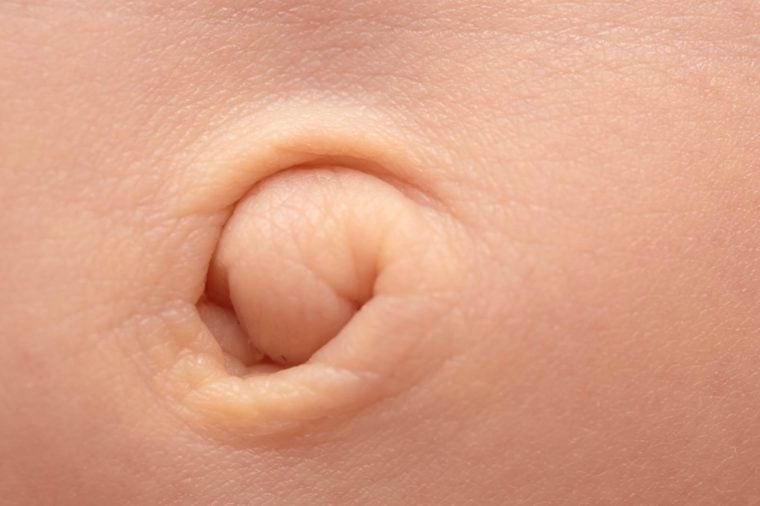
Most are “innies”
While most belly buttons begin as outies, the majority fold in during the healing process to form innies, with only 10 per cent of people holding onto their outies through adulthood. That said, if you’re unhappy with yours, chances of it naturally switching are slim to none as an adult. Here are some strange facts about the things you’ve always wondered about your body.
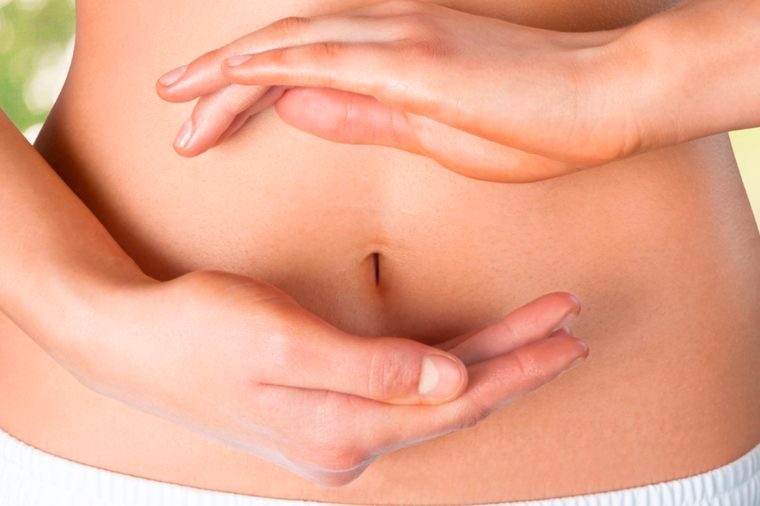
It’s teeming with bacteria
Despite its proximity to you, the belly button goes largely ignored, unless you adorn it with body jewellery or are fond of midriffs. But it’s actually one of several body parts that accumulate weird gunk. A study in the journal PLOS One found that there are at least 67 groups of bacteria organisms found in each belly button, with six different types making up the majority in more than 80 per cent of people.

Belly button plastic surgery is a big deal
Not everyone is keen on their belly button, which is why belly button plastic surgery is kind of a big deal. (The procedure is called an umbilicoplasty.) It turns out that we have a general preference for navel aesthetics. In one study in 2017 in Plastic and Reconstructive Surgery, an oval-shaped belly button was deemed the most attractive.

It’s controversial
Despite the growing Western trend of belly button exposure, it hasn’t always been that way, and, in some cultures, it’s still considered taboo. In Western culture, the belly button was considered indecent in the past—that’s why Barbara Eden in I Dream of Jeannie covered up hers.
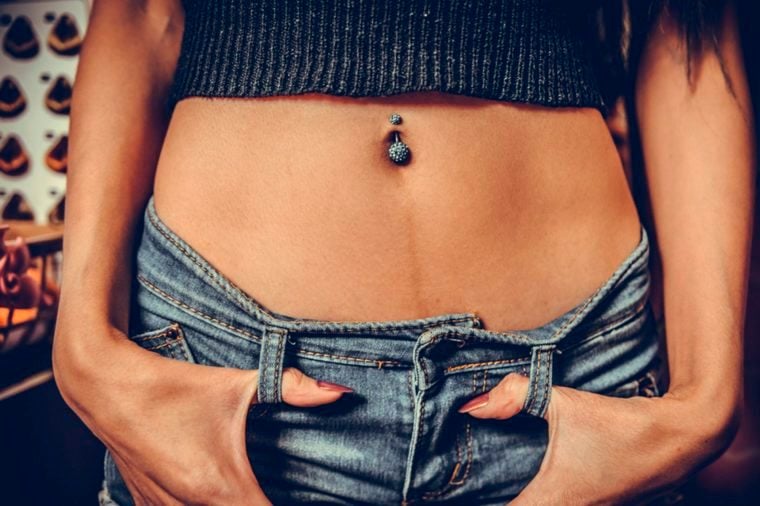
People take their cues about you based on your belly button
The science of attraction is real, and it extends to navel-gazing. According to a paper in The FASEB Journal, people prefer navels that are T-shaped or oval, and vertical with a little hooding. While outies are considered unattractive, it may come of surprise that innies that are too deep are also given the cold shoulder. The author also says that a woman’s navel is used to determine her reproductive potential as well, though whether or not that assessment is true remains to be seen.
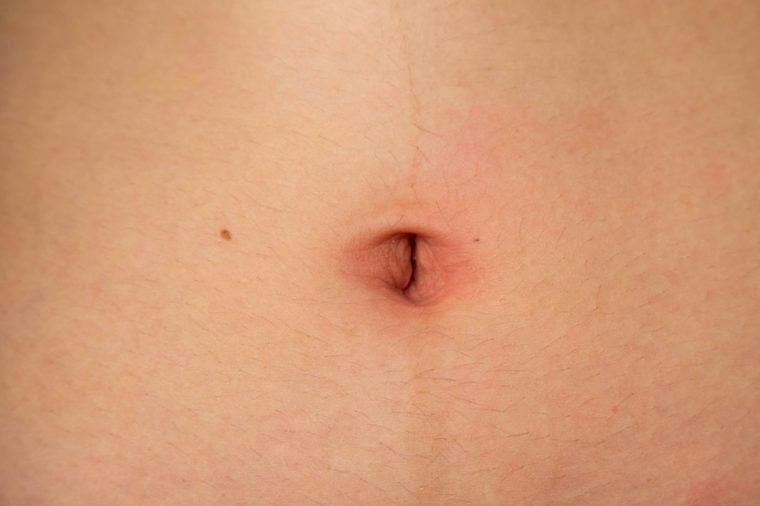
Belly button lint is pretty gross
Certainly not the most enjoyable part of the belly button, lint is made up of stray fibers from clothing or a towel (thanks to drying off post-shower), along with dead skin cells and body hair. Abdominal hair directs the lint into this reservoir throughout the day.
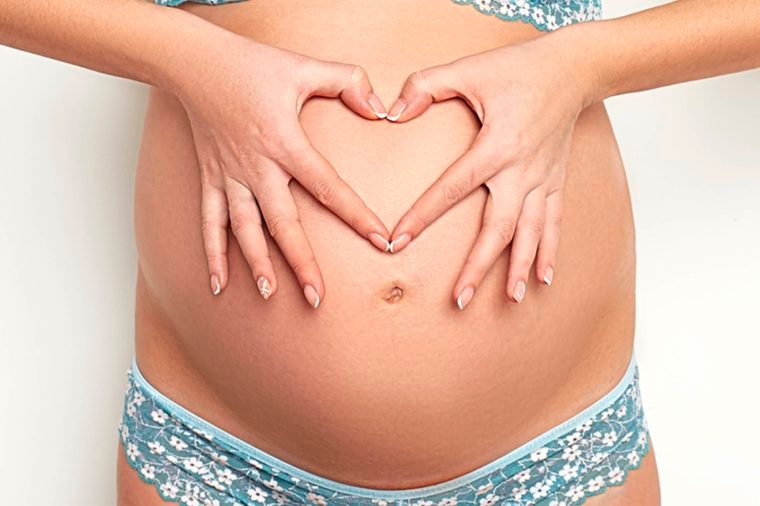
Pregnancy changes innies to outies
While people born with outies can experience a shift to an innie early in childhood, there’s one instance where the general rule of thumb goes the opposite direction. The expanding abdomen of pregnancy can pop some innie belly buttons out during the second or third trimester, reports the Cleveland Clinic. After delivery, mothers can likely expect their belly button to return to its typical shape.

The belly button is an erogenous zone
Media has done a great job of hyping up this body part as sexually explicit, but the navel’s heightened sensitivity may also attribute to its status as sensual. Simply viewing the belly button area can be a sexual trigger. From heterosexual man’s point of view, seeing the exposed navel and surrounding area can be very attractive. It accentuates a woman’s waistline, her curves and brings out the beauty and fertility of a woman’s body.




